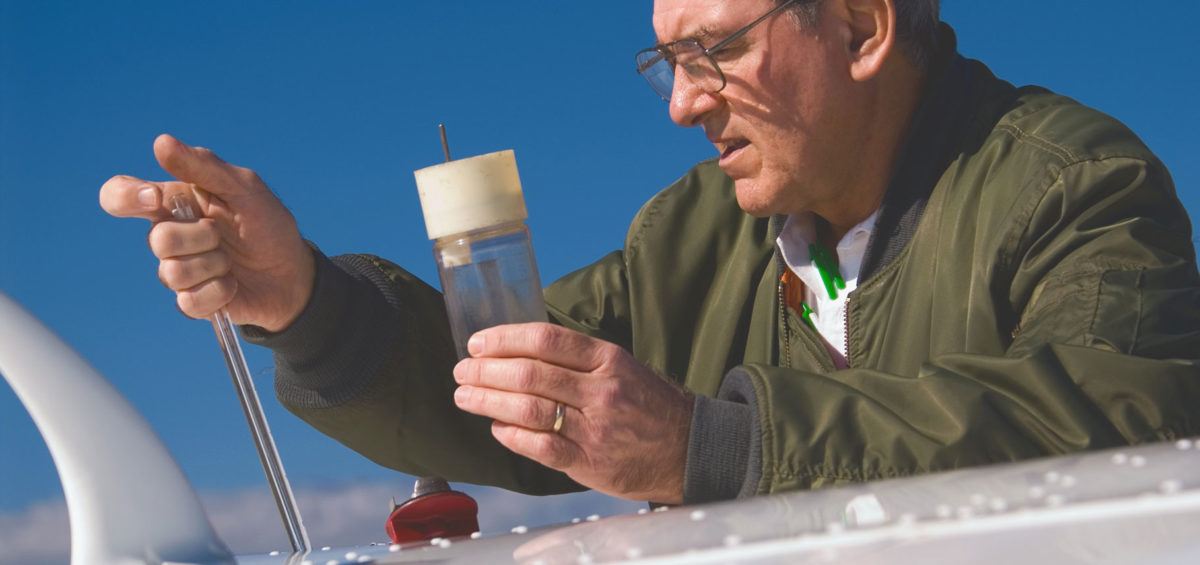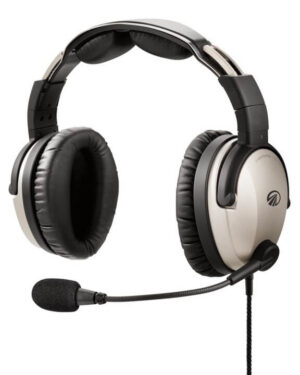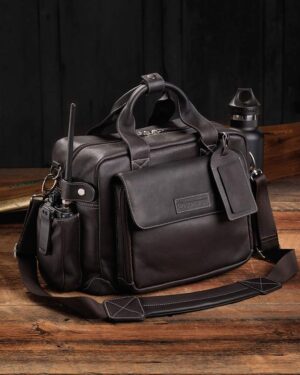Oil… Check!
Fuel… Check!
Cowl clear of bird’s nests… Check!
Ready to fly? Ummmm… not quite yet.
The average pre-flight checklist includes a fairly thorough walk-around tour of the aircraft, inspecting the usual suspects for airworthiness and ensuring that the basic fuel, air and spark are ready for taking flight. However, there are a few other items you might want to add to your checklist that can cause serious problems if ignored. Here’s my top 5:
1. Move the plane
The greatest single mistake that many pilots make during their pre-flight is not moving the plane while on the ground. When you grab the tow bar and move the plane out, you have a great opportunity to feel how it moves on the ground. Are the brakes hanging up? Is the nose gear loose? Ground handling is a great opportunity to evaluate those systems.
2. Read the tarmac
Now that the plane has been moved from its storage spot, look at the ground for clues. My Bonanza always “marks its territory” with a few drops of oil from the breather tube in exactly the same spot (enough that I put a pan there when I’m not flying). However, I recently saw some drops of red brake fluid under the right wheel that led me to a leaking caliper. That was followed shortly by a bunch of spots left on the hangar floor under my car from a leaking power steering cooler… but I digress.
3. Exercise the struts
If your aircraft has oleo struts, grab ahold of the inside of the prop and gently bounce the strut up and down a few times to see if it operates smoothly and where it comes to rest. The same can be done for the wings if your main gear has struts. Struts require periodic maintenance, and the gas pressure in them varies with temperature. They will generally remain at the height they were left at until you work them a little. That will let you see what condition they will actually be in when you need them for landing.
4. Clean those antennas
The performance of antennas can be seriously degraded when covered with oil and dirt. It’s amazing how little attention they get until they stop doing their job. A quick wipe down with a rag will prevent airborne communication issues. And, the rest of the pilots out there will appreciate that you’re not the one clogging up the frequency with garbled transmissions.
5. Check the avionics
It’s a common practice to leave the avionics off until the engine is running. However, doing an avionics preflight can help you avoid in-air emergencies. This is especially true for IFR pilots. Power everything up and run things through their paces. Is the electric T&B noisy? Is the autopilot engaging? Do you get a good GPS lock? Don’t wait until you shoot into the clouds to see if the systems you rely on are working as expected.
Adding just a few more steps to your next preflight can dramatically increase your flight safety. You’ll get to know your plane just a little bit better and it’s always easier to resolve problems on the ground than in the air. Until next time… Happy Flying!










If you power up avionics before engine start, you better turn them back off before starting. The voltage drop followed by a surge can kill electronics quickly. The same is true of turning on the battery switch either the master. That’s tough on the voltage regulator. Better to make that switch a step in the check list. I’m a retired avionics technician with well over 50 years on aircraft, military and GA.
Great idea!!
Well done Jeff. Clearly these are valuable tips for all pilots to take on board. However, in relation to IFR pilots, there is an implication that it may not be common practice to check the avionics and autopilot are working correctly prior to departure. Hopefully this is not the case…
Just when you think you have completed your pre-flight: take a quick walk around the airplane to double check for chocks, tie downs, tow bar, dipstick, fuel caps, pitot covers, bag door. I have witnessed pilots who have been distracted during the initial walk-around by passengers, phone calls, people stopping to talk, etc. and had overlooked one or more of the aforementioned pre-flight items.
Dirty antennas do not cause garbled transmissions. Whereas real crud on a GPS antenna may cause poor signal gathering that’s about it. I have been playing with antennas for more than 50 years and the only thing that impacts their ability to send a proper signal is ICE and if your antennas are full of ICE so are your wings so stay home!
I agree with William. Besides being an A&P, I’ve been a “ham” radio enthusiast for 60 years. RF cannot ‘see’ dirt … especially at VHF frequencies. The GPS and transponder antennas … maybe … but there’d have to be a LOT of dirt on ’em. The actual antenna ISN’T the outside white part you see … it’s embedded inside of that covering. So if the signal goes thru that plastic … so too will it go thru some dirt. There are a few antennas that are bare metal … those could be impacted but most antennas are not that design. This is an old wives tale.
The effect of contamination on antenna performance depends on the contamination chemistry, moisture content, thickness and RF frequency. In some scenarios it will degrade RF performance enough to render a system inoperative. Underbelly antenna and wet clay based runways are a particularly bad combination in this regard – exactly the combination at our grass airfield. Transponder and ADF are occasionally unreliable during wet winter operations unless rinsed off.
I agree with Jeff. Especially the cleaning of the antennas. The XPDR antenna is most effected by dirt and most of the time is somewhere in the slipstream behind the engine crankcase vent system. Wipe it often.
These are excellent items to add if you are not doing them currently. Rolling the aircraft also alows you to see flat spots or cord in the tire, works best on aircraft without wheel pants. Another item is standing back from the aircraft and looking at it. You can spot problems that you will miss when standing on top of them.
Rather than conducting a pre-flight inspection on the date of flight, I prefer to do a thorough post-flight inspection within a day or two following my last flight. That way, I can catch and timely correct any unexpected surprise(s) that might otherwise prevent me from launching the next time that I want to fly. That leaves just one pre-flight inspection (#1 above) on the date of the next flight, at which time I also visually inspect the tires for irregular wear (or worse).
Then I can strap on a plane and go fly!
Great blog,
Especially the part about moving the plane. I think that quite a few things can be diagnosed not only on the plane itself, but also by taking a look at where it’s been sitting.
Always great to remember that unlike a car, there is no pulling over to check a weird noise, or smell.
Nice work!